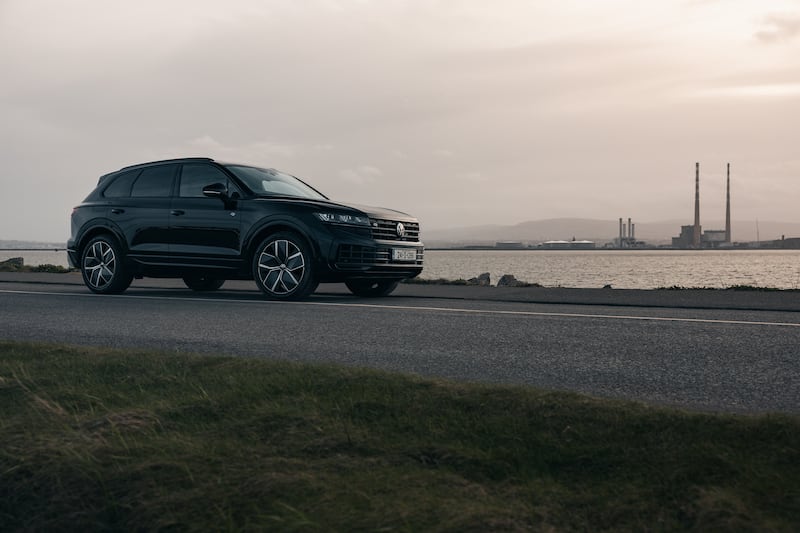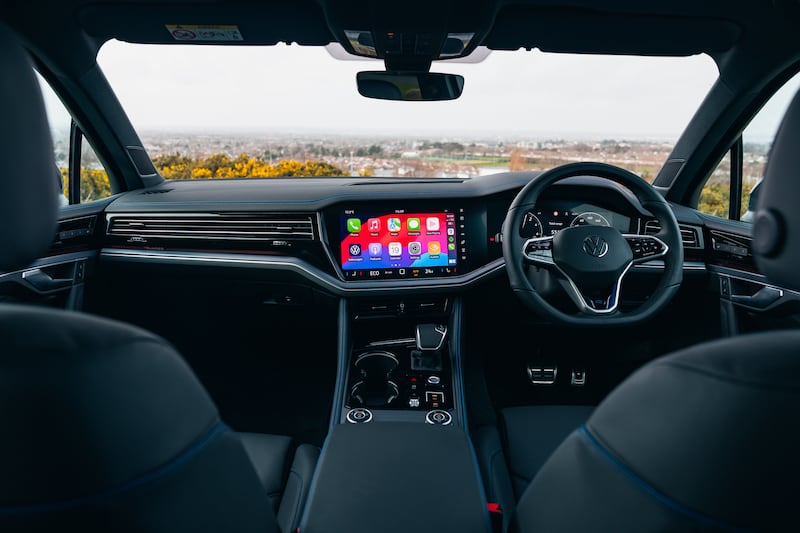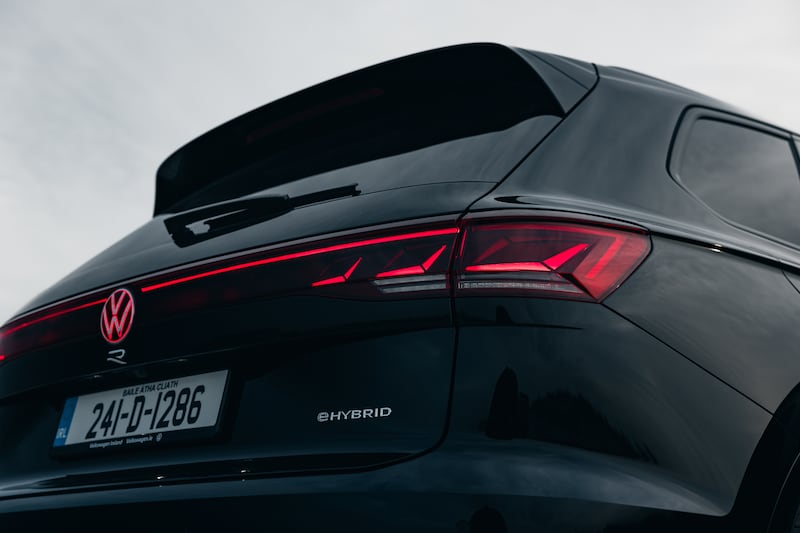There are many ways in which one can assess and test the excellence or otherwise, of a new car. You can get a bunch of them together on a lonely airfield, line them up, dump the clutches (or punch the launch controls) and see how fast they all get to 100km/h, or pass the quarter mile. Loud, fun, but ultimately a bit limiting.
You can embark upon some lengthy pan-European driving tour, taking in the local scenery, the superior road networks, and the crippling car-ferry prices. You’ll learn lots about the car, lots about your various destinations, but the problem is that you won’t be driving it on home roads, ones you’re familiar with, ones where you know every bump and corner and therefore where you also have a rolling tarmac memory bank of how every new car’s competitors have performed on the same stretch.
So the best way, ultimately, to test any car, to figure out if it’s any good, or worth its price tag, is to hold up a simple mental measuring tape marked Fitness For Purpose. It’s the ultimate measure of any car, working out whether it does what it says on its tin, does it well, and does it well enough for the money.
This brings us to the Volkswagen Touareg. The Touareg, since its original launch in the early 2000s (remember the V10 diesel version? Brake pad salespersons certainly do … ) it has been a popular, relatively classy thorn in the side of the likes of the Land Rover Discovery, BMW X5 and Mercedes GLE (nee ML-Class). For usually slightly less money than any of those cars, the Touareg offered solidity, reliability (largely; again, the V10 TDI was a bit of an outlier in that regard) and cabin comfort to match any of them (even if the original Touareg still had the best cabin of the lot, shared with the quasi-mythical Phaeton saloon – all since have been progressively less impressive).
READ MORE
Does that recipe still hold up? Well, sort of. The updated Touareg (the update is a very light one – new bumpers, clever new LED headlights, new software for the big 15 inch screen in the cabin) can still offer comfort and refinement to beat the band, and it’s as roomy, practical, and surprisingly good off-road (air suspension, adjustable driving modes) too.

However, there’s a big problem involving a small letter – R. This is the Volkswagen Touareg R, which means it gets a 3.0-litre V6 turbo petrol engine, a big battery, an electric motor, and a combined 462hp and 700Nm of torque. That makes it pretty brisk for a big boy – 0-100km/h comes up in 5.1 seconds, so in that area at least it’s deserving of the vaunted R badge.
However, all of this starts to come apart like badly assembled Lego once you start to drive it, and once you start perusing the price lists, and not just the price lists of the Touareg itself. Those lists show that although this Touareg R is the range-topper of the entire VW line-up, it’s actually not the most expensive model in its own range. Thanks to the vagaries of the Irish taxation system, the R’s plug-in hybrid system gives it a lower list – €104,845 – than the more conceptually lowly diesel-engined Touareg, which retails for a little more than €4,000 more. Not a lot of money at this level, but considering that many of these cars will be purchased through companies, the plug-in hybrid gets a double-whammy advantage with its 51/km CO2 figure.
This is all well and good, but as soon as you turn a wheel in the Touareg R, you know it’s no R in reality. For a start, the dashboard has no dedicated R button, as you’d find in other VW models fitted with the big turbo engines and the R badge.

That button should turn everything up to eleventy-naughty, turning the Touareg into a bolt-from-the-blue back-roads weapon. But it’s not there so it can’t and instead you have to wade through the needlessly fiddly big touchscreen to find the right driving mode.
Even then, the Touareg R doesn’t feel especially sporty. It is quite brisk, and that V6 makes a nice throaty noise when extended towards its red line, but those air springs deliver a wonderfully soft and squidgy ride quality that’s entirely at odds with any R model’s mission statement. It’s not that feel the R should be some sort of hair-shirt track day special, but the whole car’s demeanour just feels at odds with its mission. It’s so much happier loping quietly along the motorway than it is sniffing out apices on a favourite back road that the whole R bit just starts to feel entirely superfluous.
Fair enough, you might think. Ignore the R badge and just get on with enjoying the comfort and refinement. Well, yes, one could … except the R badge sets up expectations, expectations which are not matched by the driving experience. And that plug-in hybrid system is just too inefficient for a car that’s going to be used for comfy long journeys. The battery, when fully charged, has a claimed range of 50km on electric power but can really only manage about 30km. And once you’re cruising on petrol power, you’re burning fuel at the rate of at least 8.5-litres per 100km which might be at some level acceptable if this were a hot-rod SUV, but it just isn’t.
There’s worse. You’d assume that buying the Touareg R basically gets you a Porsche Cayenne e-Hybrid for less cash. After all, the two cars share a common platform and hybrid engine, so the VW must be a way of putting a financial one over on those who spent extra on the Porsche badge, right?

Wrong. With the same power as this Touareg R, the current Cayenne e-Hybrid actually costs slightly less. And with the more powerful 570hp S e-Hybrid version of the same hybrid set-up, you can buy a seriously fast Cayenne for the pretty well the same price as the Touareg diesel which is pretty well game over for the Touareg R.
This is a sham as there was the opportunity here to create a blue-collar high-performance hero, but the R badge equity has been squandered on a big, comfy, refined SUV. One that just doesn’t really do enough to justify its lofty price tag and which is uncomfortably outgunned in prestige but not price terms by its Porsche cousin.
There’s nothing wrong with the way, in isolation, that the Touareg looks, feels, drives or gets about. It’s all about the comparison, you see. It’s all about fitness for purpose.
The Lowdown: Volkswagen Touareg R
Power: 3.0-litre V6 petrol engine with 100kW motor and 17kWh lithium-ion battery producing 462hp and 700Nm of torque and powering all four wheels via an eight-speed automatic transmission.
CO2 emissions (annual motor tax): 51g/km (€150).
Fuel consumption: 2.7l/100km (WLTP).
0-100km/h: 5.1 seconds.
Price: €116,320 as tested, Touareg starts from €104,845.
Our rating: 2/5.
Verdict: Too soft and comfy for an R product and too expensive relative to Porsche.












